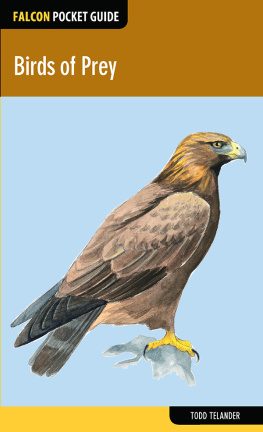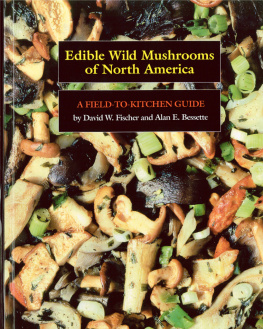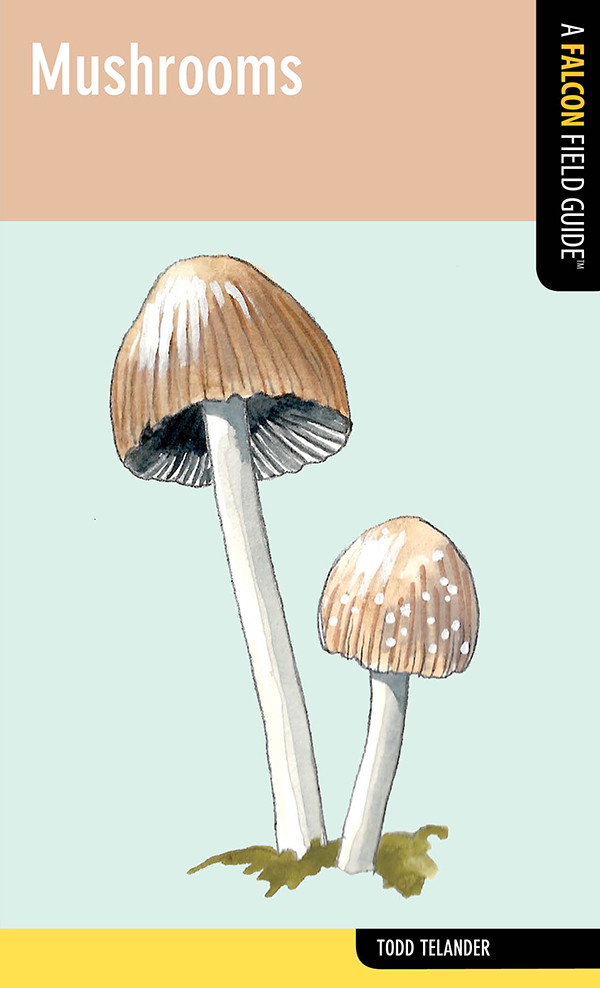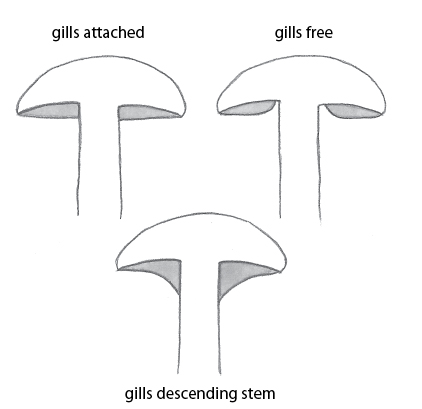Mushrooms
Todd Telander
To my wife, Kirsten, my children, Miles and Oliver, and my parents, who all have supported and encouraged me through the years
Copyright 2012 Morris Book Publishing, LLC
Illustrations Todd Telander
ALL RIGHTS RESERVED. No part of this book may be reproduced or transmitted in any form by any means, electronic or mechanical, including photocopying and recording, or by any information storage and retrieval system, except as may be expressly permitted in writing from the publisher. Requests for permission should be addressed to Globe Pequot Press, Attn: Rights and Permissions Department, P.O. Box 480, Guilford, CT 06437.
FalconGuides is an imprint of Globe Pequot Press. Falcon, FalconGuides, and Outfit Your Mind are registered trademarks of Morris Book Publishing, LLC.
Text design: Sheryl P. Kober
Layout: Sue Murray
Project editors: Gregory Hyman & Meredith Dias
Library of Congress Cataloging-in-Publication Data is available on file.
ISBN 978-0-7627-7423-4
The author and Globe Pequot Press assume no liability for accidents happening to, or injuries sustained by, readers who engage in the activities described in this book. Neither the author nor the publisher in any way endorses the consumption or other uses of wild mushrooms that are mentioned in this book, and they assume no liability for personal accident, illness, or death related to these activities.
Contents
Introduction
Mushrooms are a mysterious and beautiful group of organisms. They seem to magically appear from nowhere, are found in almost every environment, and can take almost every form imaginable. Add to that the fact that some are highly prized as food, whereas some can kill you, and you have the makings for a fascinating and fulfilling area of study and exploration. This guide is an overview of some of the most common and interesting mushrooms that can be found within the United States, including many that are considered edible or poisonous. It is not meant to be a definitive guide to identification, so be sure to consult an expert before attempting to ingest any mushroom.
Note: Collectors should inquire regarding local regulations on public lands prior to doing any collecting, especially in national parks where collecting and consuming wild plants is generally prohibited.
Order
The order of species listed in this guide is based on taxonomic groupings that place organisms together based on morphological, chemical, and genetic similarities. After you become familiar with the common traits of some of the major orders and families, you will learn to look for an unknown species within one of these groups first. This guide begins with the more familiar toadstool-shaped mushrooms and moves to the less conventional bracket fungi, polypores, puffballs, coral fungi, and jellies.
Names
Each entry includes the common name as well as the scientific name. Because common names tend to vary regionally, or because there may be more than one common name for each species, the universally accepted scientific name of genus and species (such as Lactarius deliciosus for the delicious milk cap) is more reliable to be certain of identification. Note that some species may have two or even three accepted scientific names. Its worth mentioning that one can often learn interesting facts about a fungus from the English translation of its Latin name.
Size
There is great variability in the height and width of mushrooms, even within the same species. For the sake of simplicity, each entry includes the average largest height and width that you are likely to see. Note that many will be smaller, especially if they are early in development, and that some may exceed these measurements.
Descriptions
Describing a mushroom can be a complicated affair because of the great degree of variability in shape, texture, and color. Also, most mushrooms go through several stages during their development, each of which may look completely different. With this in mind, I have included descriptions of the most noticeable forms of each species, especially in relation to changes in cap shape, color, and emergence of structures such as scales, collars, and volvas.
Spore Print
With many mushroom species, if you separate the cap and place it upon a clean, white surface, a print of a certain color will form after a few hours. This print is made from the spores dropping out from the gills or pores and can be a good indicator of species or genus.
Habitat, Range, and Season
It is helpful to note the habitat, range, and season of a mushroom to aid in identification. Some are found almost everywhere, but others are quite restricted by their environment and appear only in specific locales and seasons.
Edibility
Most of the species listed in this guide are edible, but there is much variation as to their flavor or desirability. Some that have good flavor may be palatable only if they are cooked and certain parts are removed, whereas others may be too small to amount to anything. Of course, personal taste is the ultimate judge, so where some people may find a species choice, others may find it distasteful or bland. Surprisingly, many mushrooms are still not known well enough to safely determine edibility. If a species is poisonous or causes illness, I have indicated that. As mentioned earlier, please do not attempt to eat any mushroom unless you are absolutely sure of its identity and you have the assistance of an expert.
Illustrations
The illustrations generally depict each species in its mature form and color. If immature forms are quite different, I have also included those. Remember that because many species show great diversity, an illustration alone should never suffice for identification.
Mushroom Morphology
On the next page is a diagram of a typical mushroom of the order Agaricales, or the common toadstool form. It consists of a cap, stalk, base, and sometimes a collar and basal volva. This is the fruiting body of the fungus, which is only the visible part of a large network of rootlike filaments that grows underground throughout the year. Under the cap, a series of gills or tubes produces spores that are released and propagate the species. Other orders of mushrooms, such as bracket fungi, club fungi, puffballs, and morels, do not have this typical shape and form and are thus described in the species accounts. Mushrooms, unlike plants, do not utilize photosynthesis to produce nutrients; they rely on decaying matter in the soil or wood upon which they live.
Gill Attachment
For many mushrooms, the fashion by which the gills attach to the stalk is a good field mark to identification. If the gills meet the stalk directly, they are considered attached. If they do not meet the stalk, they are considered free. They may also descend downward to meet the stalk far below the cap, and this condition is sometimes called decurrent.
BASIDIOMYCETES: Agaricales, Russulaceae









